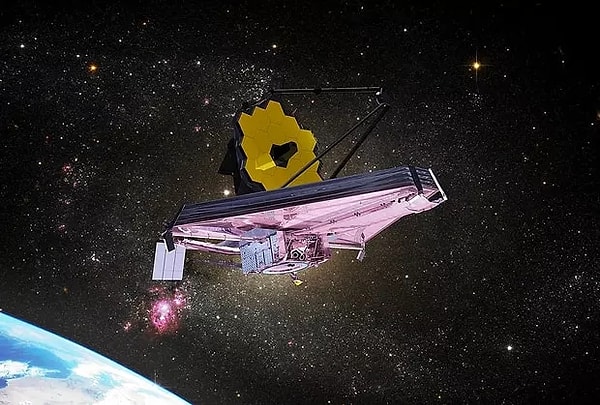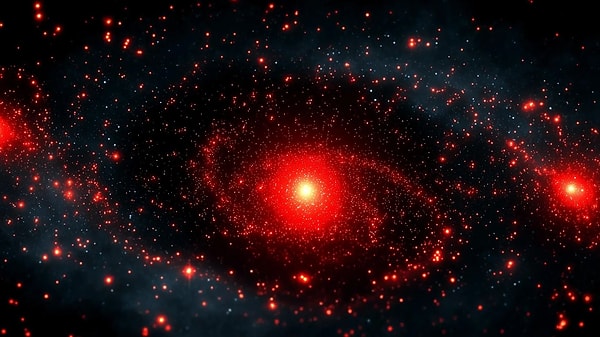James Webb Telescope Solves the Mystery of the “Little Red Dots”
The veil of mystery surrounding the early stages of the universe has been lifted once again. The James Webb Space Telescope had recently piqued the scientific community's curiosity with its detection of 'small red dots'. The latest research seems to have deciphered these enigmatic structures: Scientists propose that these bright spots could represent 'black hole stars', signifying the early stages of supermassive black holes.
The mysteries pertaining to the early ages of the universe continue to be one of the greatest enigmas of modern astrophysics.

The mystery of the 'Little Red Dots' (LRD), revealed through the observations of the James Webb Space Telescope, has been unraveled. These bright spots, which recently surprised the scientific community, have largely lost their enigma thanks to the latest research.
Scientists from Penn State University suggest that LRDs represent a new class of cosmic phenomena and are most likely "black hole stars".

These structures are composed of colossal gas clouds, each harboring a supermassive black hole at its center, and they emit energy through a mechanism entirely different from ordinary stars that draw their power from nuclear fusion. Researchers arrived at this conclusion by analyzing approximately 60 hours of data from the JWST, collected from 4,500 distant galaxies.
The case of "The Cliff", discovered particularly in the summer of 2024 and noted for its extreme brightness, is being pointed out as a significant piece of evidence supporting the theory.

LRDs, which emerged just 600-700 million years after the Big Bang, are shaking up cosmological models with their 'impossibly large and bright' appearance for their era. This situation is reversing the standard sequence that galaxies formed before black holes.
Spectroscopic examinations reveal gas flows moving at thousands of kilometers per hour in approximately 70% of LRDs. This is a strong indicator that there is an active black hole at their center. Interestingly, most of them do not emit X-rays as much as quasars, positioning LRDs as the early 'infancy stage' of supermassive black holes.
Keşfet ile ziyaret ettiğin tüm kategorileri tek akışta gör!

Send Comment